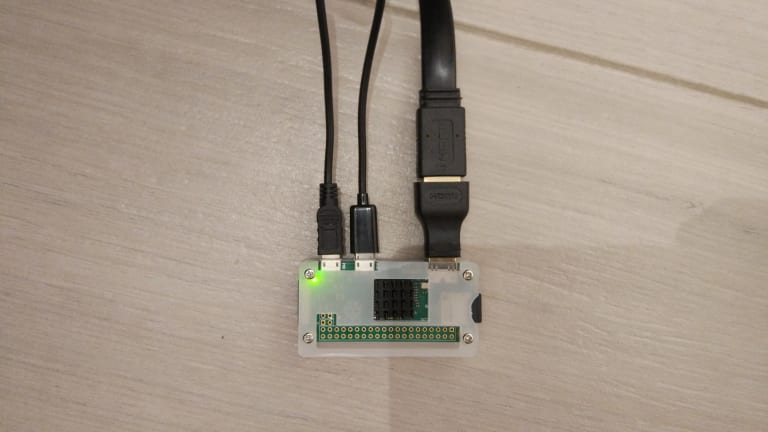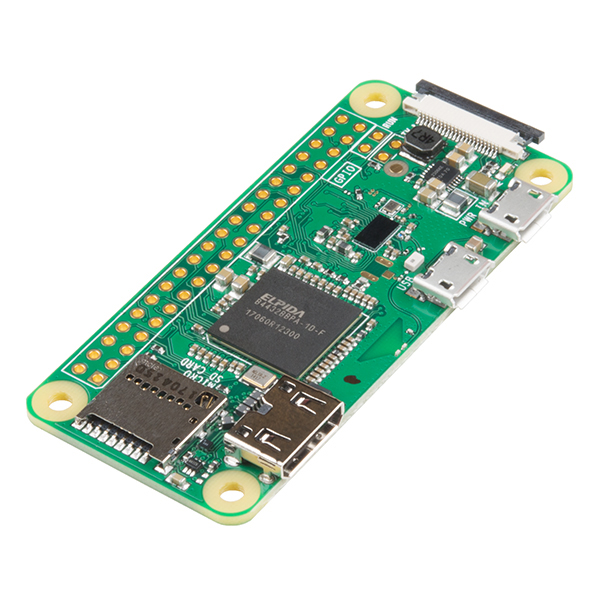
The script contains all the necessary information to download and install the entire AdGuard Home package, so all you need to do is sit back and let it finish. The command above will basically download the install script from the AdGuard Home GitHub repo and run it. But a general rule of good practice is to ensure you either know exactly what you're installing or that the source is trusted. In this case, we're running it from a trusted source and the script, install.sh is hosted on the GitHub repository for you to take a look at. curl -s -S -L | sh -s -vĪ word of warning: You shouldn't ever just run any old script on your system. To install Adguard Home, all you need is this one command. As it's open-source, the whole project is hosted on GitHub, and that's where we can go to have a look at the code and find all the documentation we'll need. With that out of the way, we're ready to install AdGuard Home.

To ensure you have all the latest packages on your Raspberry Pi. The next good idea is to run sudo apt update & sudo apt upgrade You'll want to change that but we'll skip past that for this guide. If this is the first time you're connecting, you'll want to connect using ssh the stock password is raspberry.

Open up your favorite terminal or SSH application and connect to your Raspberry Pi.

Once your Raspberry Pi is set up, you've got SSH enabled, and it's connected to your home network, it's time to get going. Source: Windows Central (Image credit: Source: Windows Central) How to install AdGuard Home on a Raspberry Pi How to set a static IP address on a Raspberry Pi.How to set up a headless Raspberry Pi, Wi-Fi, and SSH.Without a static IP, you'll have a much harder time using AdGuard Home. This is why you'll need to follow these guides, get SSH and local network enabled, and set a static IP address on your Raspberry Pi. This is perfect for a setup like this as it's much lighter weight thanks to having no GUI. So the easiest thing to do is head over to the Raspberry Pi website and download the Raspberry Pi OS lite version. There are different operating systems available, but it doesn't really matter beyond being a base to run AdGuard Home from.

To help you out, we've got dedicated guides linked below that will take you through each step. None of this is too complex nor takes too long. How to set up a Raspberry Pi and set a static IP addressīefore getting AdGuard Home installed, you have to set up the Raspberry Pi with an operating system, access to your home network, SSH, and a static IP address.


 0 kommentar(er)
0 kommentar(er)
